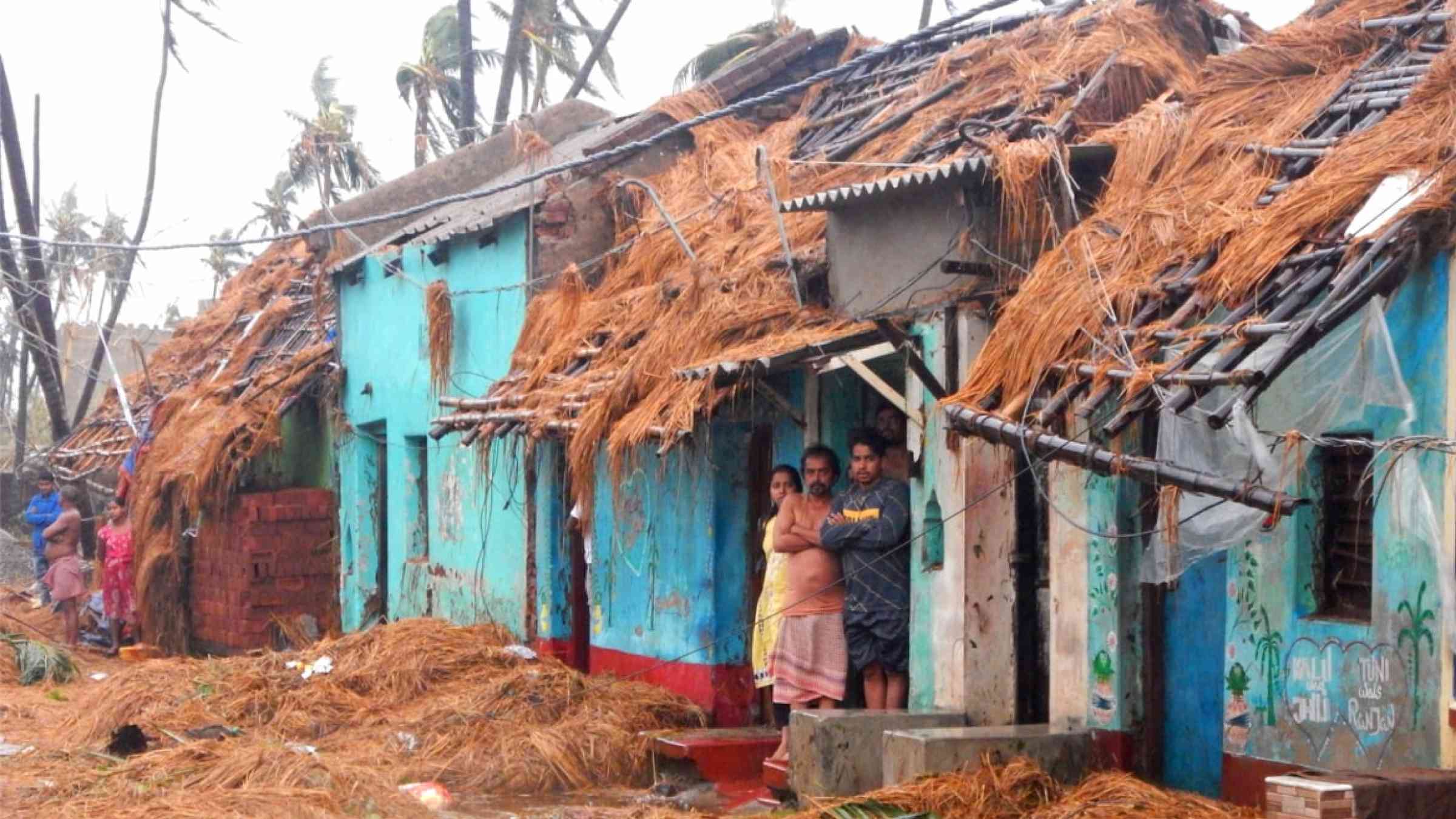Get funds in place, and take action, before disaster strikes: The Risk-informed Early Action Partnership's State of Play report

The world is facing an unprecedented climate crisis. The number of people in need of humanitarian assistance due to climate-related disasters could double by 2050 to 200 million a year. And the recent report of the IPCC is a fierce indictment of our failure to take sufficient action.
But there is hope. Today, we are better equipped than we have ever been to forecast extreme weather and take early action. We can get funds in place, and take action, before disaster strikes. Early warning and early action initiatives that make people safer from disaster are being implemented across the globe.
Now, more work needs to be done to spotlight the lessons we have learned about what works, what doesn’t, and what is still needed to take early action to the scale demanded by the increasing impacts of climate change.
The State of Play
On Monday 28 March the Risk-informed Early Action Partnership launched its flagship Early Action: The State of Play 2021 report at MENA Climate Week. A video was screened to mark the launch, with recorded statements by the COP26, 27 and 28 Presidencies.
The State of Play report provides a snapshot of early warning early action commitment, investment and activity over the previous year. It intends to give decision-makers top-line analysis that identifies gaps and opportunities in the delivery of early action, and supports the broader goal of a systemic shift towards acting ahead of disasters, which is critical for effective climate action.
Due to the rapid changes in the field of early warning early action, the report looks back over the last 12 months, and the recommendations it offers are relevant for the coming 12 months. For this first report in the series, the horizon for review has been extended to cover 2020 and 2021.
The analysis and recommendations in Early Action: The State of Play 2021 are complemented by the Anticipatory Action: The Enabling Environment summary report.
Scaling up early warning early action
Early Action: State of Play 2021 makes seven key recommendations:
- We must continue to strengthen collaboration, coherence and understanding between key actors and communities to achieve greater collective impact.
- The international community must develop clear policy recommendations on how different sources of finance can support effective early warning early action.
- Levels of finance must be increased, including through systematically incorporating early warning and early action into budgetary planning processes.
- Evidence-based risk analysis should drive future support and investment, to ensure that they address the most critical gaps.
- The international community should strengthen coordination to better connect sources of finance and technical support to the countries and communities that need them most.
- People-centred approaches should be at the forefront of all early warning early action activities, with meaningful and inclusive participation throughout.
- Countries can benefit from exchanges of effective practices and collective learning from different contexts and regions. Non-governmental stakeholders should facilitate this whenever possible.